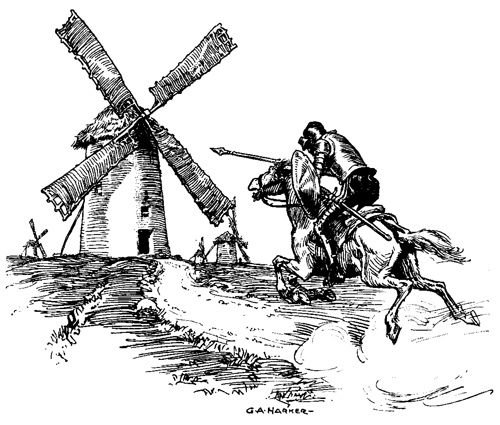El Jason
Well-known member
So what are the solutions? @SAJ-99 brought up some good points. If you can’t counter those, how do you expect to convince anyone FWP needs to manage differently?
Think some valid questions are:
1) based upon the rose petal theory, why are does harvested on public land?
2) is any work done to evaluate population distribution during the late summer and into hunting season? Is it troublesome from a management perspective to have so few animals distributed on public land?
3) transect areas are heavily slanted towards private land (probably because of wintering areas originally), has any thought been given to adding public land transects?
4) how do transect numbers compare to 10 years ago? 20? 30?
5) are pre and postseason counts done to establish buck to doe ratios? Do these correspond to estimates harvest?
@antlerradar nailed it. The intense focus on opportunity has completely eliminated quality hunting on public land. Doe tags will never hit zero because of depredation complaints. Ever.
But FWP can abandon the long failed paradigm of allowing hunters to self distribute where the deer are. The “macro management” has pretty well shown itself a failure.
Maybe a fair question to ask is, why not adopt the same strategy for managing sheep? Issue x number of tags and let the hunters self distribute. We all know the answer is a hard no, as it should be.
Mule deer hunting has changed drastically and needs to deviate much more towards the sheep paradigm than the existing mule deer paradigm. Smaller districts. More intense pre and post hunt counts. Better harvest data. Better defined management goals that account for hunter access to animals.
Think some valid questions are:
1) based upon the rose petal theory, why are does harvested on public land?
2) is any work done to evaluate population distribution during the late summer and into hunting season? Is it troublesome from a management perspective to have so few animals distributed on public land?
3) transect areas are heavily slanted towards private land (probably because of wintering areas originally), has any thought been given to adding public land transects?
4) how do transect numbers compare to 10 years ago? 20? 30?
5) are pre and postseason counts done to establish buck to doe ratios? Do these correspond to estimates harvest?
@antlerradar nailed it. The intense focus on opportunity has completely eliminated quality hunting on public land. Doe tags will never hit zero because of depredation complaints. Ever.
But FWP can abandon the long failed paradigm of allowing hunters to self distribute where the deer are. The “macro management” has pretty well shown itself a failure.
Maybe a fair question to ask is, why not adopt the same strategy for managing sheep? Issue x number of tags and let the hunters self distribute. We all know the answer is a hard no, as it should be.
Mule deer hunting has changed drastically and needs to deviate much more towards the sheep paradigm than the existing mule deer paradigm. Smaller districts. More intense pre and post hunt counts. Better harvest data. Better defined management goals that account for hunter access to animals.
Last edited by a moderator:





